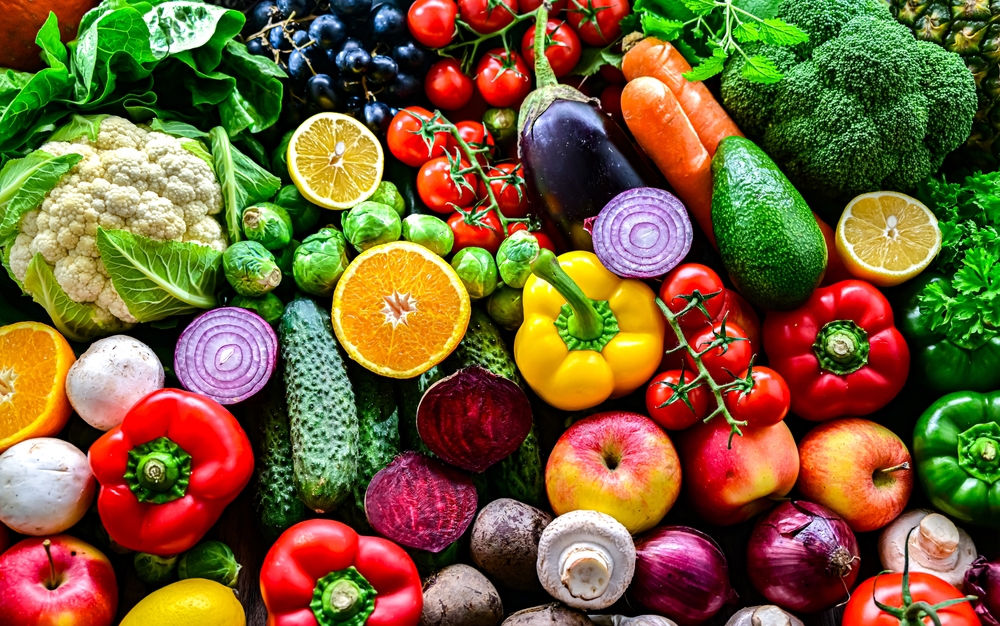Redefining Pet Nutrition: A Closer Look at the Raw Food Trend
In recent years, there has been a significant shift in the way we think about our pets' nutrition. As pet owners strive to provide the best for their furry companions, the raw food diet has emerged as a popular choice. This article dives into the evolution of this trend, its benefits, and challenges, and what the future might hold for pet nutrition.

A Historical Overview of Pet Nutrition
In the early years, dogs and cats were primarily fed table scraps. It wasn’t until the 1860s when the first processed pet food was introduced in the market. The convenience of these ready-to-eat meals soon led to the dominance of commercial pet foods. However, in the late 20th century, with increasing awareness of health and nutrition, pet owners began questioning the quality of these commercial options, paving the way for alternative diets, including raw food.
The Emergence of the Raw Food Diet
The raw food diet for pets, also known as the BARF diet (Biologically Appropriate Raw Food), was popularized by Australian veterinarian Ian Billinghurst in the 1990s. The idea behind this diet is to feed pets food that is closer to what their wild ancestors would have eaten, essentially a mix of raw meat, bones, fruits, and vegetables.
Current Trends and Developments
The global pet food market was valued at USD 87.08 billion in 2018 and is expected to reach USD 113.08 billion by 2024. Increasingly, a significant portion of this is being driven by the growth in the raw food sector. Many pet owners are turning to raw diets, touting benefits such as improved coat condition, healthier skin, higher energy levels, and reduced stool volume. However, it’s worth noting that veterinary opinions on raw diets are divided, with some raising concerns about potential health risks, including bacterial contamination and nutritional imbalances.
The Price and Market Impact of Raw Food
Raw pet food tends to be more expensive than traditional commercial diets, with prices varying depending on factors such as the quality of ingredients and brand reputation. Despite its higher cost, the raw pet food market has shown consistent growth, indicating a willingness among pet owners to invest more in their pets’ nutrition.
The Future of Pet Nutrition
With ongoing research and development in pet nutrition, the future looks promising. More companies are entering the raw food market, offering a wider range of products and making it more accessible to pet owners. At the same time, there’s a growing demand for transparency in pet food manufacturing, with pet owners wanting to know more about where their pet’s food comes from and how it’s made.
In conclusion, the raw food trend has significantly influenced the pet nutrition landscape. While it presents several benefits, it’s crucial for pet owners to do their research and consult with a professional before making a dietary change. As the pet nutrition industry continues to evolve, it will be interesting to see how this trend develops and what new advancements are on the horizon.




